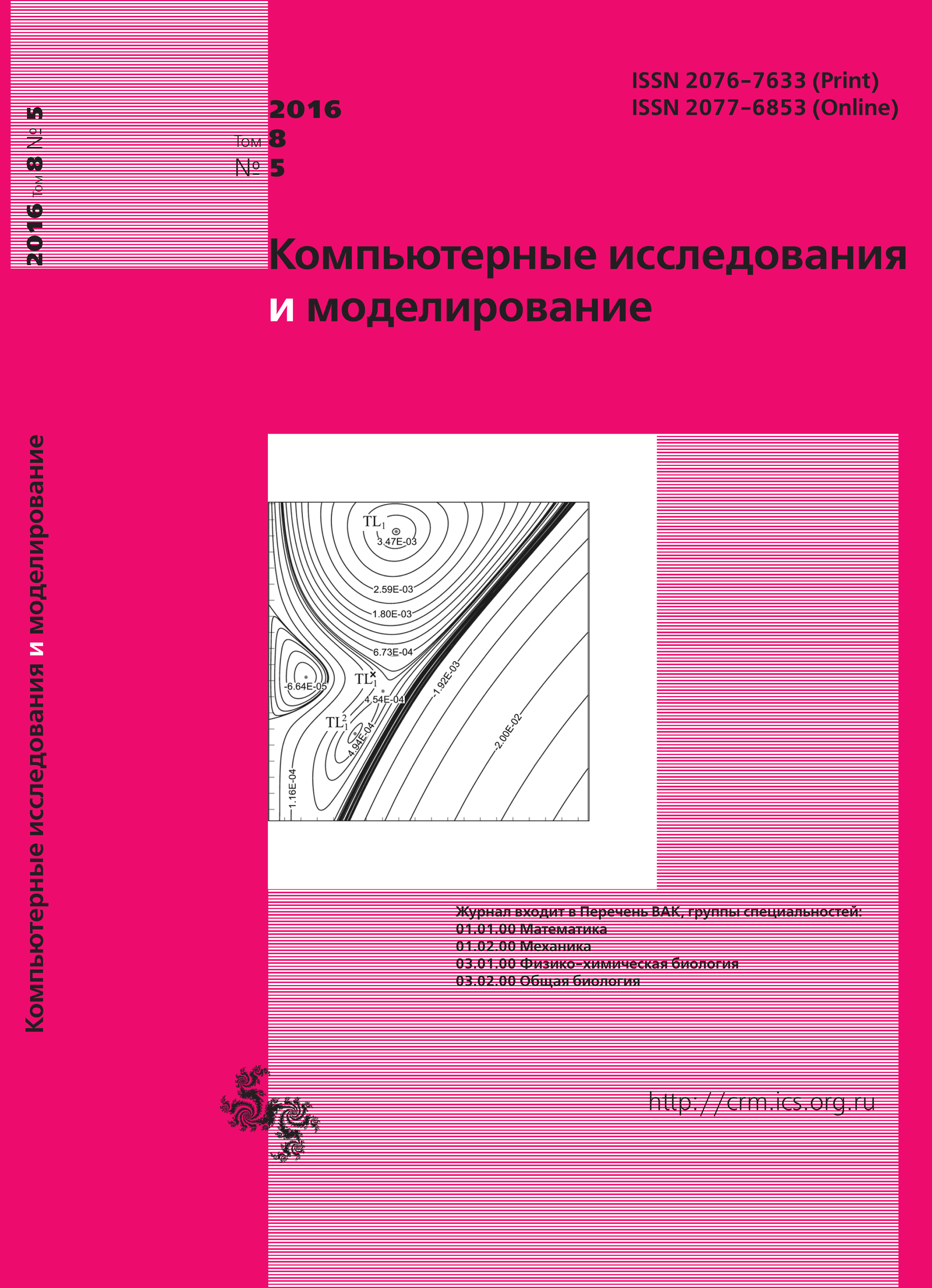All issues
- 2024 Vol. 16
- Issue 1 (special issue)
- 2023 Vol. 15
- 2022 Vol. 14
- 2021 Vol. 13
- 2020 Vol. 12
- 2019 Vol. 11
- 2018 Vol. 10
- 2017 Vol. 9
- 2016 Vol. 8
- 2015 Vol. 7
- 2014 Vol. 6
- 2013 Vol. 5
- 2012 Vol. 4
- 2011 Vol. 3
- 2010 Vol. 2
- 2009 Vol. 1
Cities road networks
Road network infrastructure is the basis of any urban area. This article compares the structural characteristics (meshedness coefficient, clustering coefficient) road networks of Moscow center (Old Moscow), formed as a result of self-organization and roads near Leninsky Prospekt (postwar Moscow), which was result of cetralized planning. Data for the construction of road networks in the form of graphs taken from the Internet resource OpenStreetMap, allowing to accurately identify the coordinates of the intersections. According to the characteristics of the calculated Moscow road networks areas the cities with road network which have a similar structure to the two Moscow areas was found in foreign publications. Using the dual representation of road networks of centers of Moscow and St. Petersburg, studied the information and cognitive features of navigation in these tourist areas of the two capitals. In the construction of the dual graph of the studied areas were not taken into account the different types of roads (unidirectional or bi-directional traffic, etc), that is built dual graphs are undirected. Since the road network in the dual representation are described by a power law distribution of vertices on the number of edges (scale-free networks), exponents of these distributions were calculated. It is shown that the information complexity of the dual graph of the center of Moscow exceeds the cognitive threshold 8.1 bits, and the same feature for the center of St. Petersburg below this threshold, because the center of St. Petersburg road network was created on the basis of planning and therefore more easy to navigate. In conclusion, using the methods of statistical mechanics (the method of calculating the partition functions) for the road network of some Russian cities the Gibbs entropy were calculated. It was found that with the road network size increasing their entropy decreases. We discuss the problem of studying the evolution of urban infrastructure networks of different nature (public transport, supply , communication networks, etc.), which allow us to more deeply explore and understand the fundamental laws of urbanization.
Indexed in Scopus
Full-text version of the journal is also available on the web site of the scientific electronic library eLIBRARY.RU
The journal is included in the Russian Science Citation Index
The journal is included in the RSCI
International Interdisciplinary Conference "Mathematics. Computing. Education"







